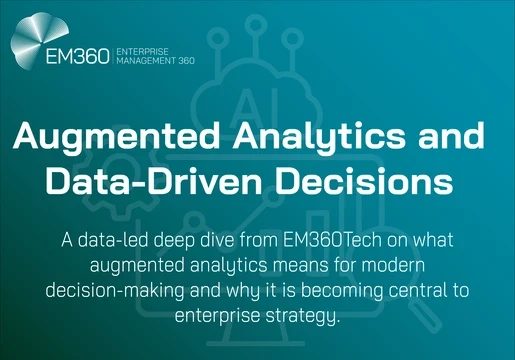As organisations emerge from the pandemic, they face another unprecedented emergency.

Rising inflation, a looming global recession and surging energy costs have created severe macroeconomic headwinds, forcing organisations to prioritise efficiency and cost optimisation.
But this efficiency cannot come at the cost of innovation and growth – this will just lead to organisations falling behind the competition as the market heats up.
That’s where observability comes in. As demands for digital services and applications grow in 2023, the need for effective observability solutions is becoming increasingly critical to successful operations.
At the same time, new trends are shaping the future of observability, enabling organizations to achieve greater visibility, efficiency, and proactive problem-solving capabilities.
These trends are driving innovation, transforming how organisations approach monitoring and troubleshooting and providing valuable insights into system behaviour.
In this article, we will explore the Top 10 emerging trends driving the evolution of observability that IT leaders should watch out for in 2023.







Comments ( 0 )